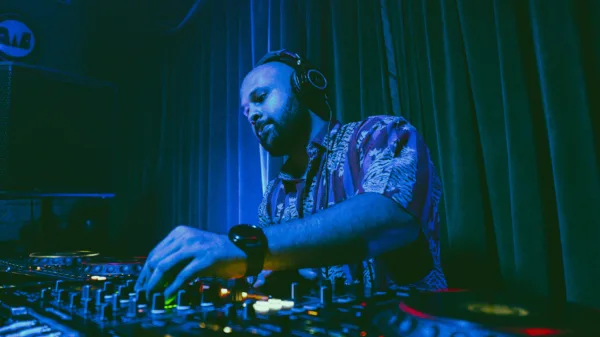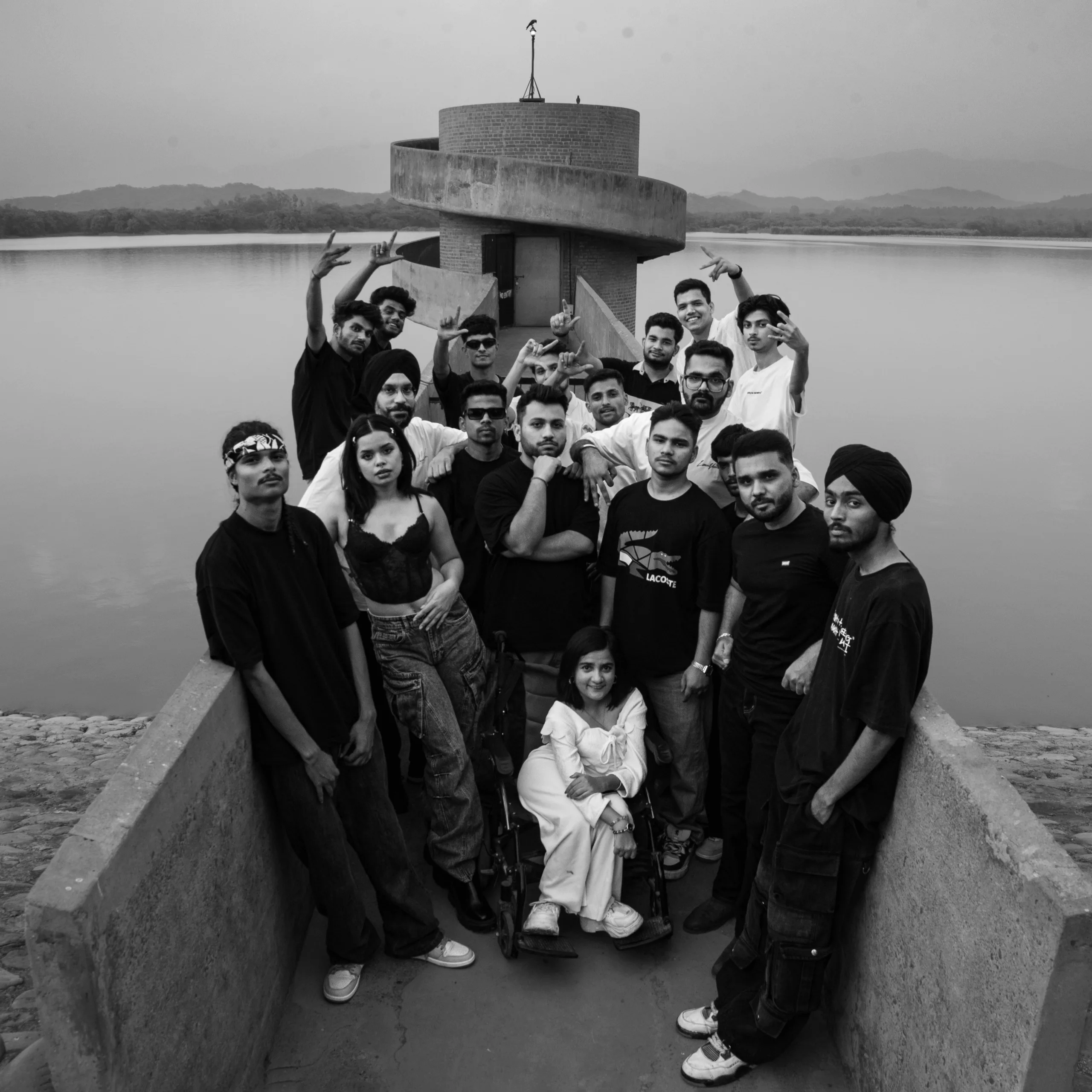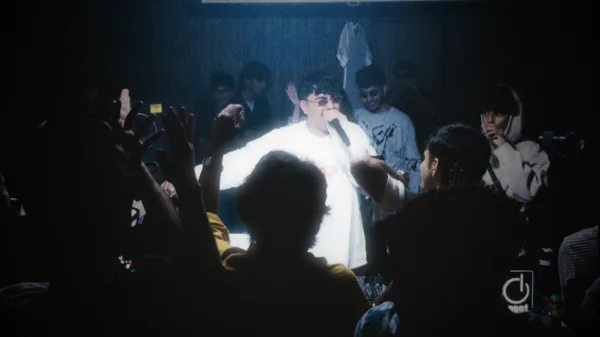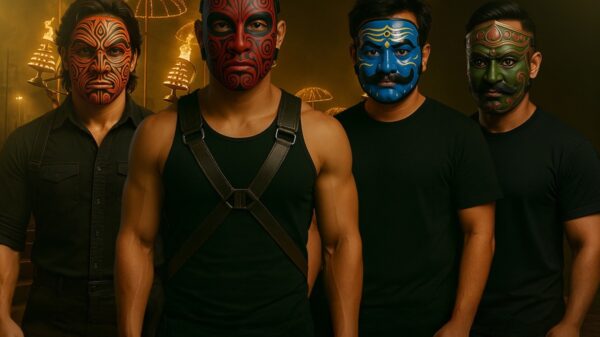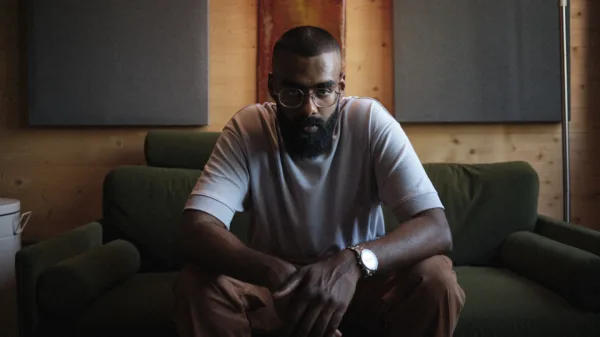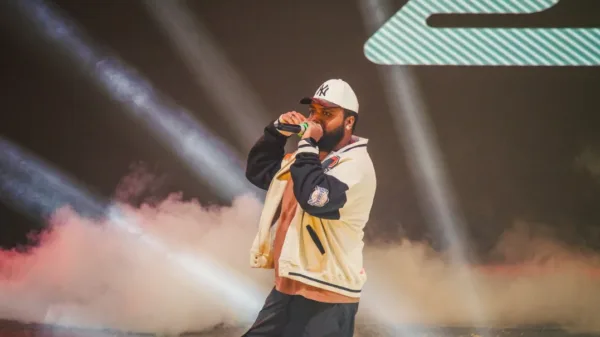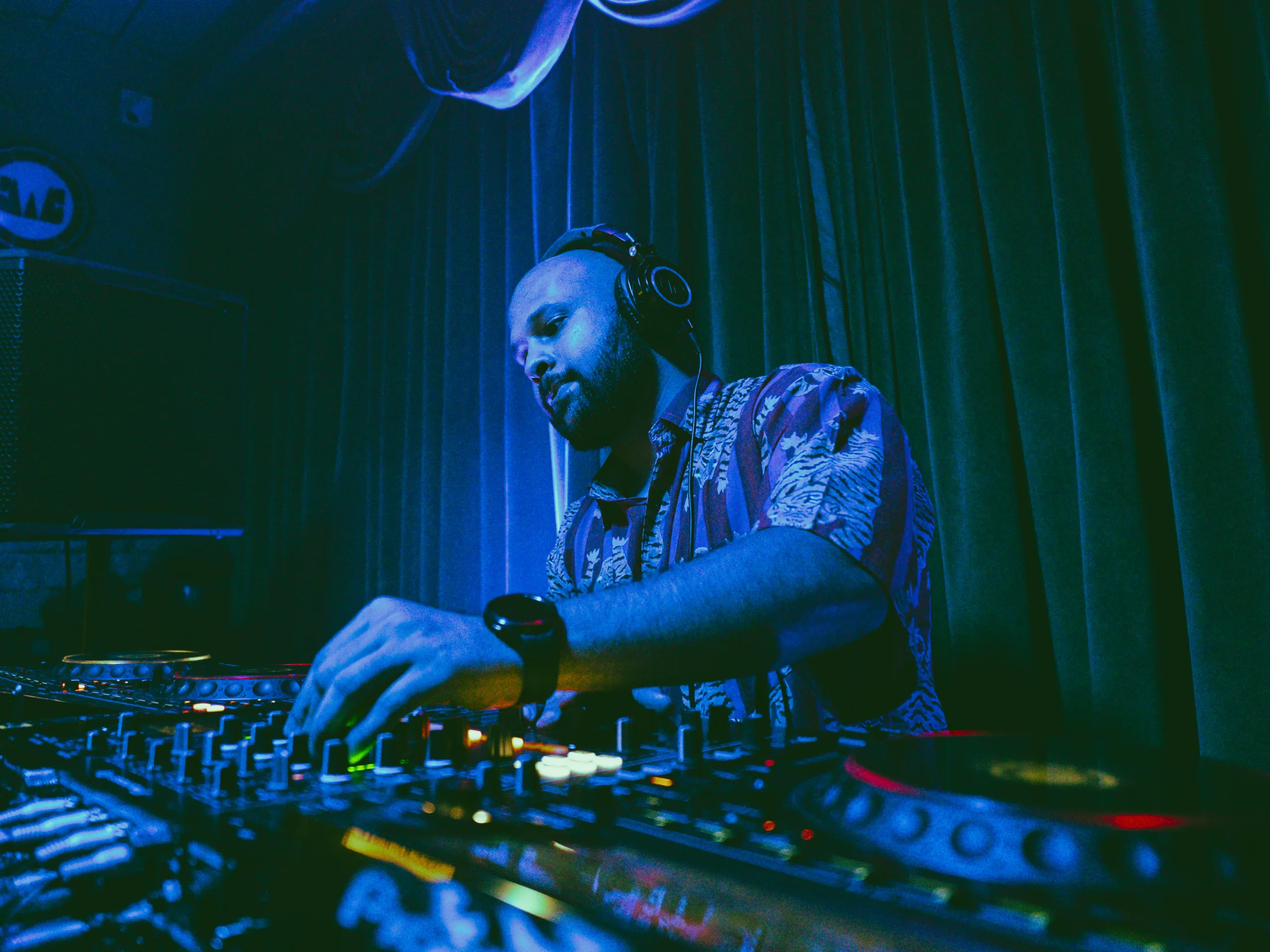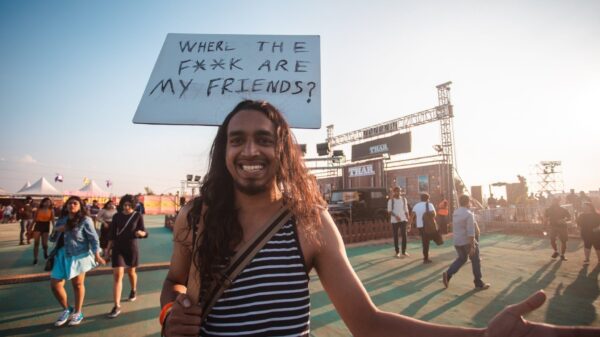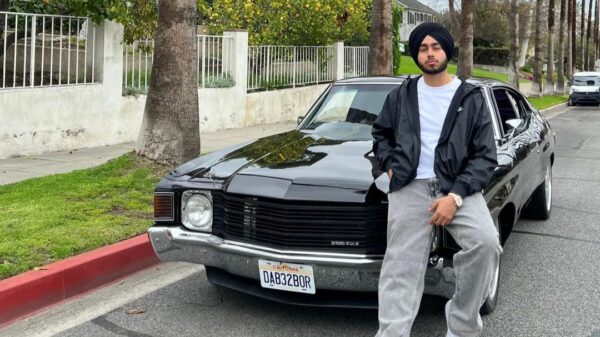Bengaluru / Mumbai based DJ Aditya Malve, aka DJazz (pronounced ‘Jazz’, formerly DIVERSION AHEAD.), has an interesting discography to his many names — he describes himself as a “Music Producer, Disc Jockey, and Arts & Culture Enthusiast” and also a “Sonic Architect”. On his latest project, “Shaastriya Sangeet Vol. I (Translation: Classical Music) which is a collaboration with tabla maestro Unmesh Banerjee — he tries to live up to all of these identities, and for the most part — succeeds. Malve draws inspiration not only from music, but from various cultural pillars. Some of his influences include Yussef Dayes, Neil deGrasse Tyson, Chick Corea, Zakir Hussain, Rhythm Shaw, Nina Simone, Chaka Khan, Isaac Newton, Bob Ross, Doechii, Jacob Collier, Snarky Puppy, Laufey, RAYE, Quentin Tarantino, Kendrick Lamar, Stone Cold, and Dua Lipa.

The EP features 4 tracks and is around 18 minutes long and crosses over genres, infusing jungle, techno and electronica. The first track, Delhi Dystopia: described to be a “classic yet modern jungle tune”, features a Jugalbandi – with Malve and Banerjee facing each other off in a techno-trad style duel, which while not absolutely novel in construction, works well in setting the tone for the rest of the project that is about to follow. It inevitably situates the signature sounds of jungle within the sound of Unmesh’s Tabla, not completely juxtaposing them – but doing just enough to pique interest. The next track, Salaam Bombay, is an ode to Bombay, as familiar Bollywood disco beats float past you, as it opens with the Tabla, gradually building momentum and setting the rhythm. Layered with electro elements, 808s, and the iconic 303 Bassline, the composition features two Tabla layers, one in a higher octave and the other in a lower creating depth and contrast. The Tiger Swami is a five-minute jam between the Tabla and a four-on-the-floor techno groove, and while this is inarguably an almost continuation of the previous track, it does not dispel boredom, because it manages to strike an often perceptively difficult balance which does not render the third track inaudible or irrelevant.

D. Shaastra & Shastra: Best described as a “Tabla Soirée”, is the chief standout on the EP. The Tabla is played five times in five different keys, creating a distinctly novel sound. The climax arrives when a scream collides with the dissonant Tabla, before resolving into warm Fender Rhodes chords that capture tension and release. The scream adds a form of texture which had been a little absent in the previous numbers, thus granting this work an embodiment, which helps it to exist as a standalone without pulling stimulating attention from the record. The synths do wonders for this track, adding to the digital eerie that they have been building towards.
Overall, the EP is clever, and it is always refreshing to see DJs engage in an almost archival process, where they reconstruct “bygone” things onto the electronica landscape. Banerjee and Malve are good partners — because they understand each other, and let their soundscapes enmesh, rather than attempt to upstage either’s craft or dedication to the same. What piques one’s interest is what future collaborations would yield, when Djazz has gone further into the soundbeds he has been sowing, as of late.






